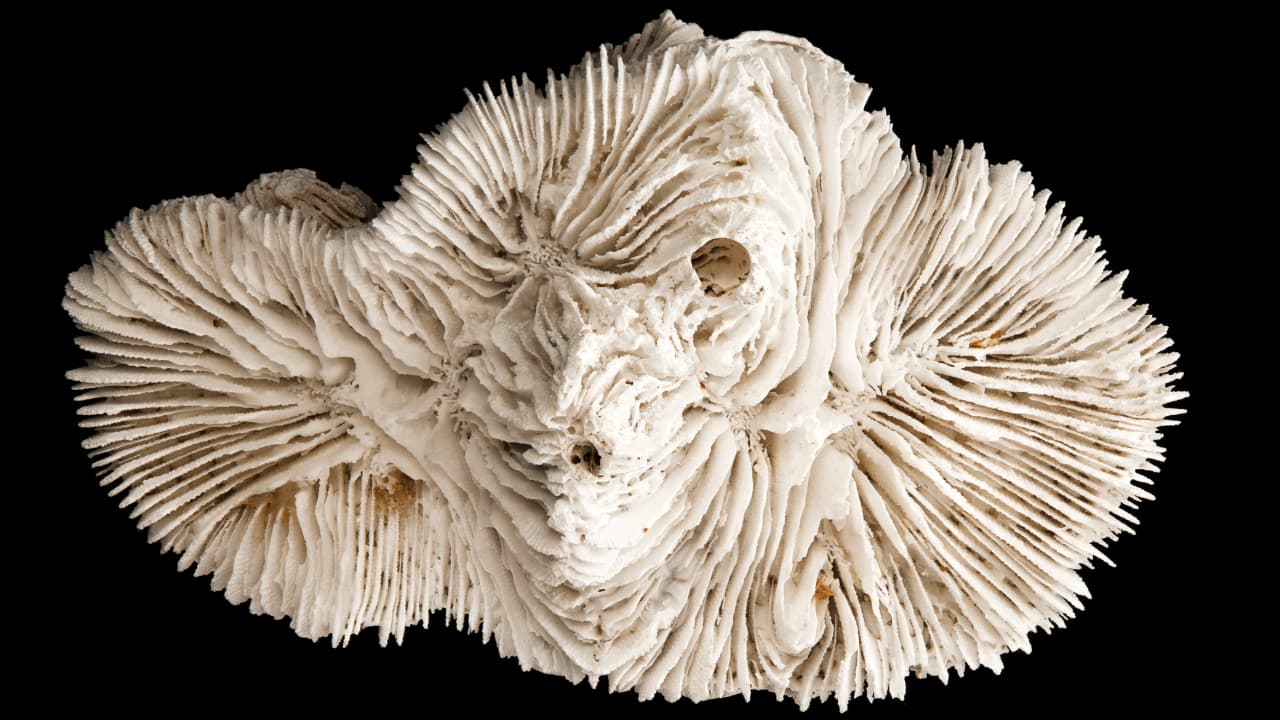Using neutron scans on ancient coral fossils, researchers have uncovered lost climate records. This breakthrough method reveals preserved aragonite, offering new insights into past sea levels, ocean temperatures, and climate change over millennia.
A PhD student from the University of Sydney has created a new method to uncover hidden records of Earth’s past climate by using advanced scanning technology on ancient coral fossils. In collaboration with the Australian Nuclear Science and Technology Organisation (ANSTO), geoscientist Carra Williams is employing a technique called neutron computed tomography (NCT) to examine coral fossils in three dimensions. The research was published in the journal Geochemistry, Geophysics, Geosystems.
This method helps identify small, well-preserved parts of the coral skeletons that still contain useful information about sea levels and climate conditions from hundreds of thousands of years ago. Williams explains that this method gives access to climate data we once thought had been lost.
Why Coral Matters in Climate Research
Corals are more than just beautiful reef builders; they also serve as natural record keepers of Earth’s climate. As they grow, corals form skeletons made from aragonite, a type of calcium carbonate. These skeletons capture details about the ocean’s temperature, chemistry, and sea levels at the time they were formed.
However, over time, the aragonite often transforms into another mineral called calcite though a process known as diagenesis. When this happens, much of the original climate data is lost, making the fossils less useful for scientific dating or climate reconstructions.
Until now, scientists lacked a reliable way to determine how much of the original aragonite remained in an altered coral sample, without cutting open the fossil and risking further damage. This is where Williams’ new method comes in.
A New Way to See Inside Fossils
Working with ANSTO’s DINGO neutron imaging instrument, Williams and her team scanned fossilised corals using neutron beams. These beams, which are tiny particles fired through the samples, created detailed images of the fossils’ internal structure, similar to how CT scans work in hospitals. Unlike X-rays, which detect changes in density, neutrons are highly sensitive to hydrogen, making them ideal for identifying aragonite, which contains more water and organic material than calcite.
The result was a clear, 3D map showing exactly where aragonite still existed within a coral fossil, all without cutting into the sample.
In their study, the team examined four coral samples. Each sample helped confirm that neutron scanning can detect and map aragonite, even in fossils previously thought to be too altered to be useful.
Why This Matters
By recovering this hidden climate information, scientists can create more accurate timelines of sea level changes, ocean conditions, and reef responses over long periods. Williams believes a deeper understanding of past climate patterns is vital for predicting how modern reefs will respond to human-driven climate change and rising sea levels.
